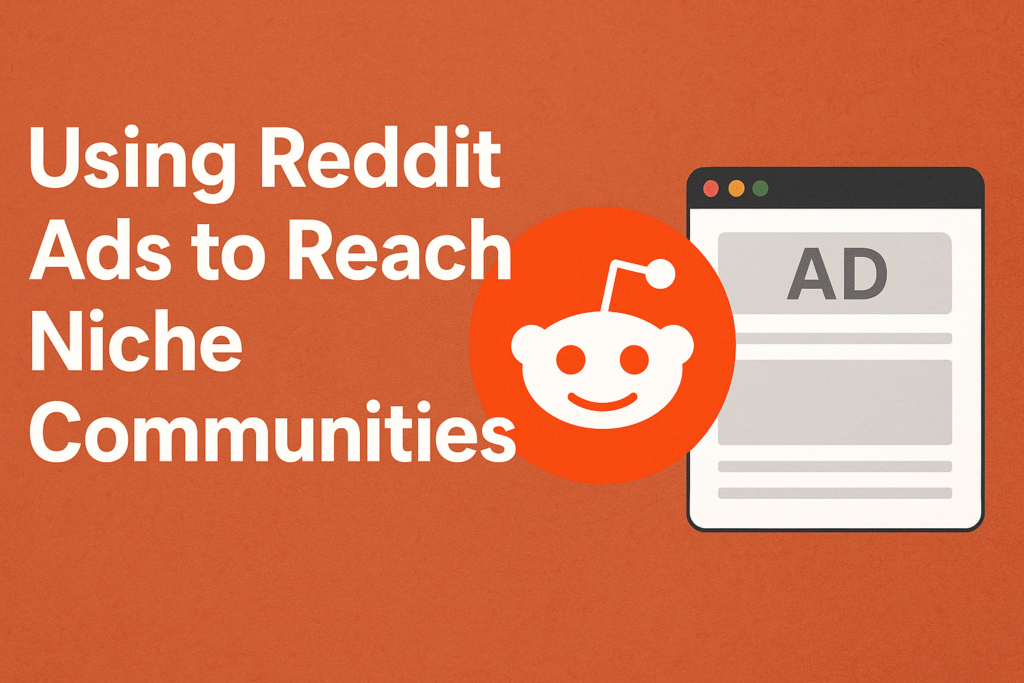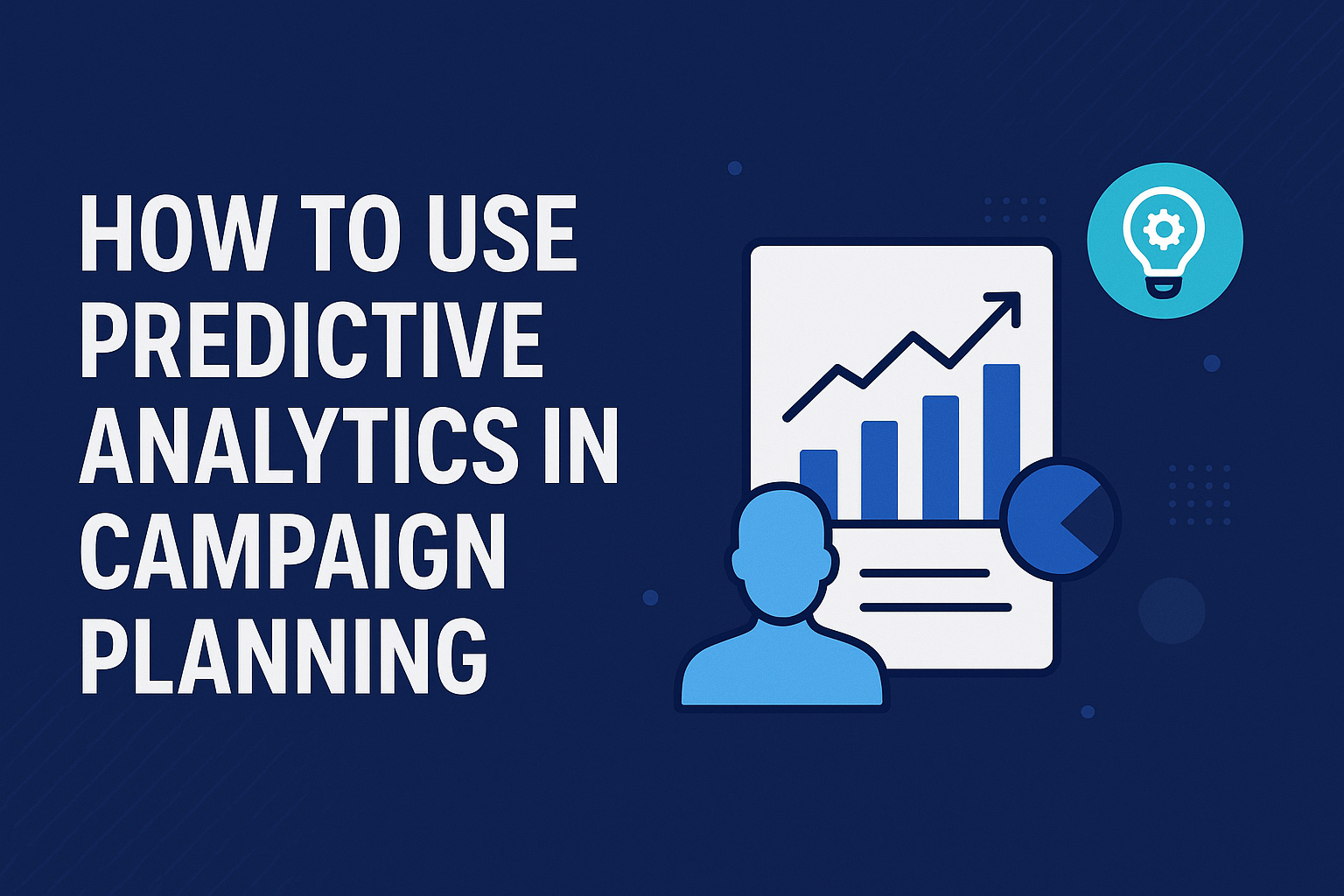
Why Email Templates Are Non-Negotiable for Growing Businesses
In today’s fast-paced digital landscape, businesses must communicate consistently, professionally, and effectively. But crafting every email from scratch is a productivity killer. That’s where email templates come in—ready-made frameworks that save time and ensure your messaging stays on-brand.
Whether you’re a startup, agency, SaaS platform, or ecommerce brand, having a library of essential email templates will increase efficiency, improve engagement, and standardize your brand voice.
Let’s explore the 7 must-have email templates every business should keep ready to deploy.
1. Welcome Email Template
Purpose: To greet new subscribers, customers, or users and set expectations.
Why it matters: First impressions are everything. Welcome emails typically have the highest open rates of all marketing emails.
Key Elements:
- A warm greeting
- Brief brand introduction
- What to expect from your emails
- Optional: special discount or freebie
✅ Pro Tip: Add a clear CTA like “Explore Your Dashboard” or “Start Shopping.”
2. Follow-Up Email Template
Purpose: To re-engage leads, clients, or attendees after initial contact.
Why it matters: Timing is critical in lead nurturing. A strategic follow-up boosts conversion odds and keeps you top of mind.
Use cases:
- After discovery calls
- After demo requests
- Post-event or webinar
✅ Pro Tip: Include a value reminder and a link to schedule the next step.
3. Abandoned Cart Email Template
Purpose: To recover potentially lost revenue from ecommerce shoppers.
Why it matters: According to research, nearly 70% of carts are abandoned, but well-timed emails can recover up to 20% of them.
Key Elements:
- Product details left behind
- Personalization (e.g., name or product images)
- Gentle reminder or incentive (e.g., 10% off)
✅ Pro Tip: Add urgency—“Items in your cart are selling fast!”
4. Newsletter Template
Purpose: To share updates, insights, or curated content with subscribers.
Why it matters: Newsletters keep your brand relevant and build long-term trust.
Best practices:
- Compelling subject line
- Consistent structure (e.g., top story, insights, featured product)
- Clear CTA buttons
✅ Pro Tip: Use a consistent format and send on the same day/time weekly.
5. Thank You Email Template
Purpose: To show appreciation after purchases, signups, events, or referrals.
Why it matters: Gratitude builds loyalty and strengthens relationships.
Use Cases:
- After a customer makes a purchase
- After someone completes a survey or demo
- After receiving a referral or testimonial
✅ Pro Tip: Include a bonus offer or recommendation to keep the momentum going.
6. Feedback Request Email Template
Purpose: To gather reviews, testimonials, or customer feedback.
Why it matters: Reviews build trust, and feedback fuels product/service improvements.
Key Elements:
- Specific request (e.g., “How was your experience?”)
- Link to a short form or review platform
- Optional incentive for completing
✅ Pro Tip: Send shortly after an interaction to get fresh, honest responses.
7. Re-Engagement Email Template
Purpose: To win back inactive subscribers or customers.
Why it matters: It’s cheaper to retain a customer than acquire a new one, and re-engagement emails help reignite interest.
What to include:
- Acknowledge the inactivity
- Offer something of value (freebie, discount, update)
- Ask if they still want to hear from you
✅ Pro Tip: Use a strong subject line like “We Miss You” or “Still Interested?”
FAQs: Email Templates for Business Success
1. Should I personalize email templates?
Absolutely. Use dynamic fields (like names or company info) to make templates feel personal and engaging.
2. How often should I update my templates?
At least quarterly, or when you update branding, pricing, offers, or tools.
3. Can templates hurt my brand if overused?
Only if they feel robotic. Add human tone, personalization, and relevancy.
4. What tools help manage templates?
Platforms like Mailchimp, HubSpot, Klaviyo, and ConvertKit make it easy to manage and automate templates.
5. Are HTML-designed templates better than plain text?
It depends. HTML looks polished for newsletters and promos; plain text feels personal and often lands better in inboxes.
Final Thoughts
In the era of automation and personalization, email templates are no longer optional—they’re foundational. From converting leads to nurturing loyal customers, having these 7 email templates in your toolkit means you’re ready to respond, engage, and win at every touchpoint.
Want custom email templates tailored for your business niche or tone of voice? Let me know, and I’ll help you create them!



